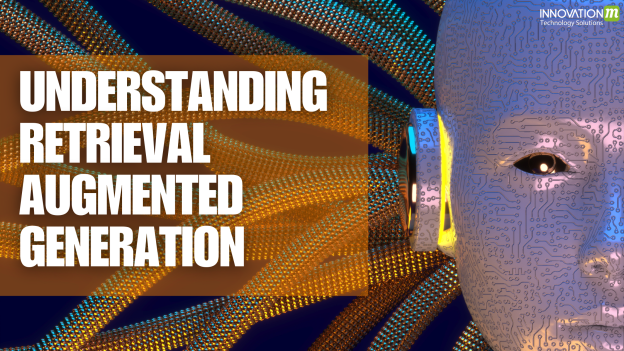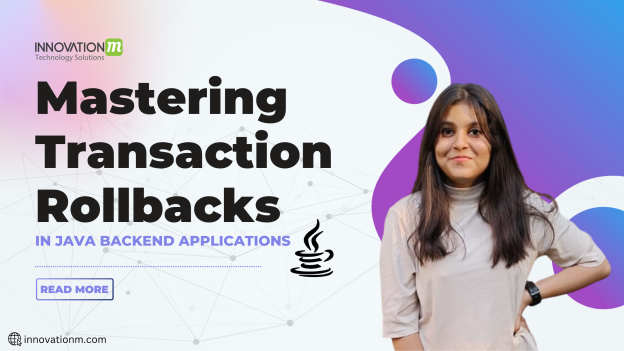
Understanding Retrieval-Augmented Generation (RAG)
In the ever-evolving world of artificial intelligence (AI), large language models (LLMs) like ChatGPT have changed the way of interaction with technology. Their ability to generate human-like responses to a variety of questions made them revolutionary. This is where Retrieval-Augmented Generation (RAG) comes into play. RAG is a method designed to overcome these challenges and Continue Reading »
 End to End Technology Solutions
End to End Technology Solutions



